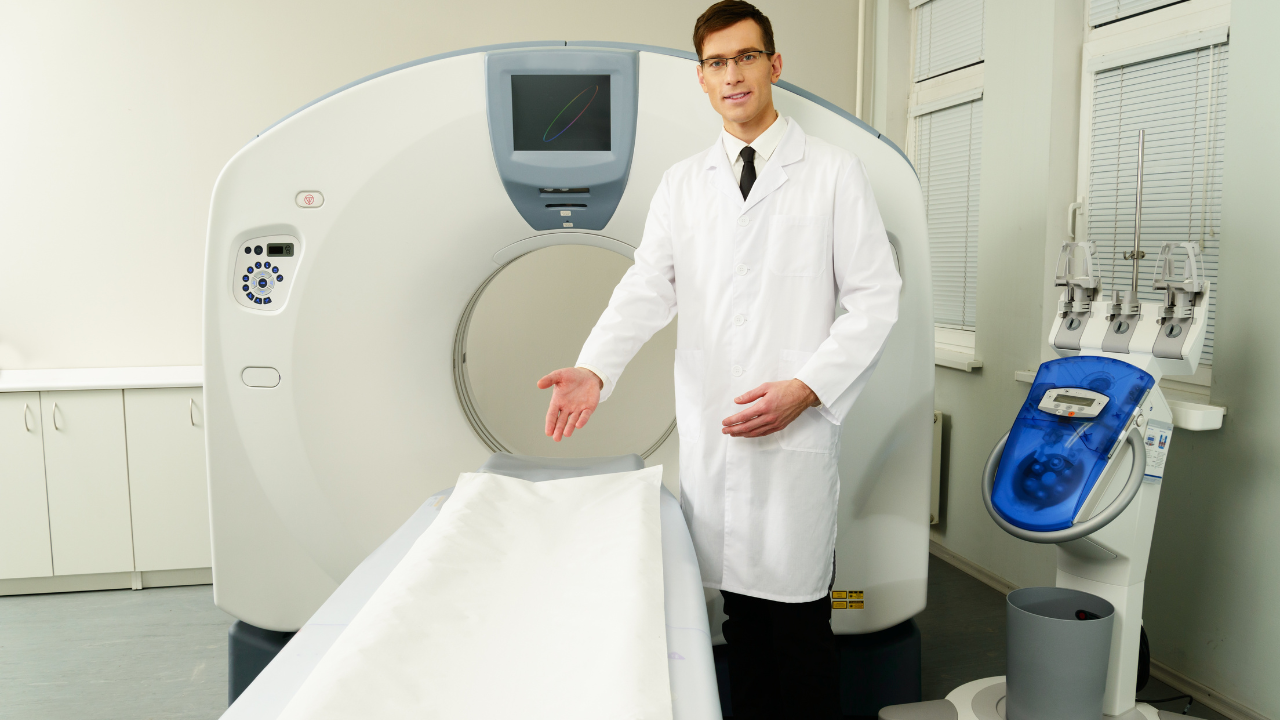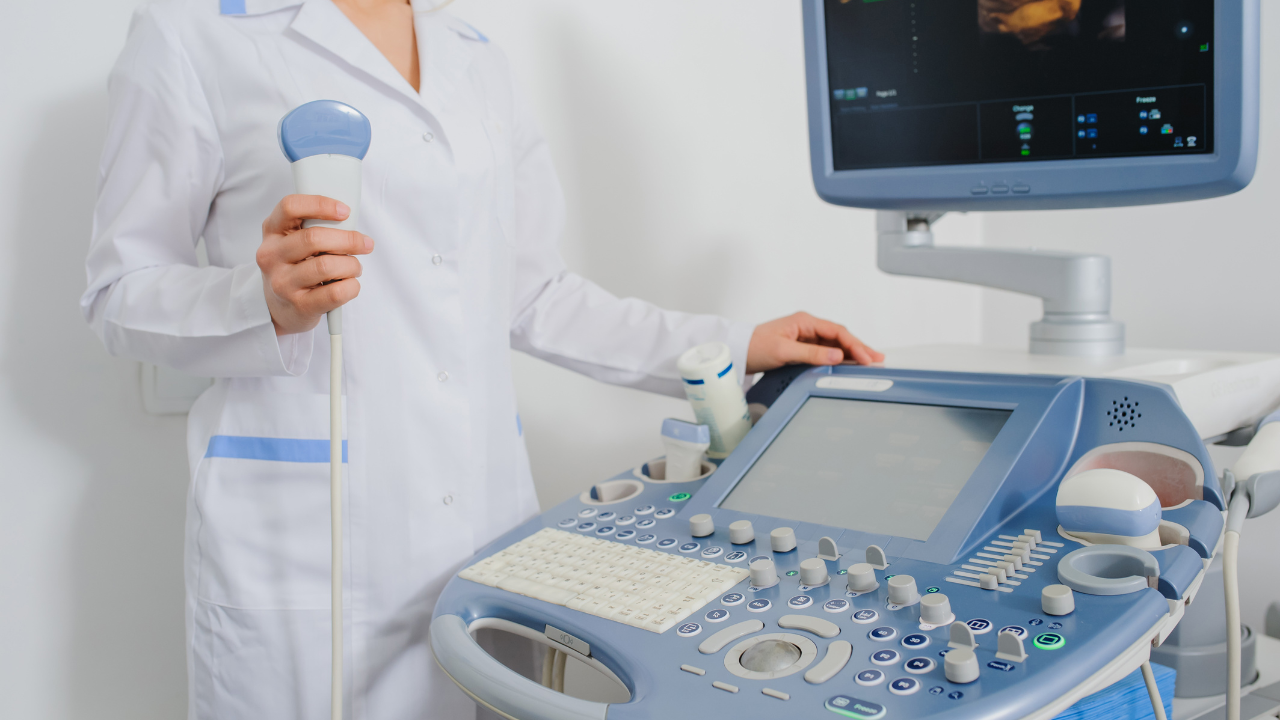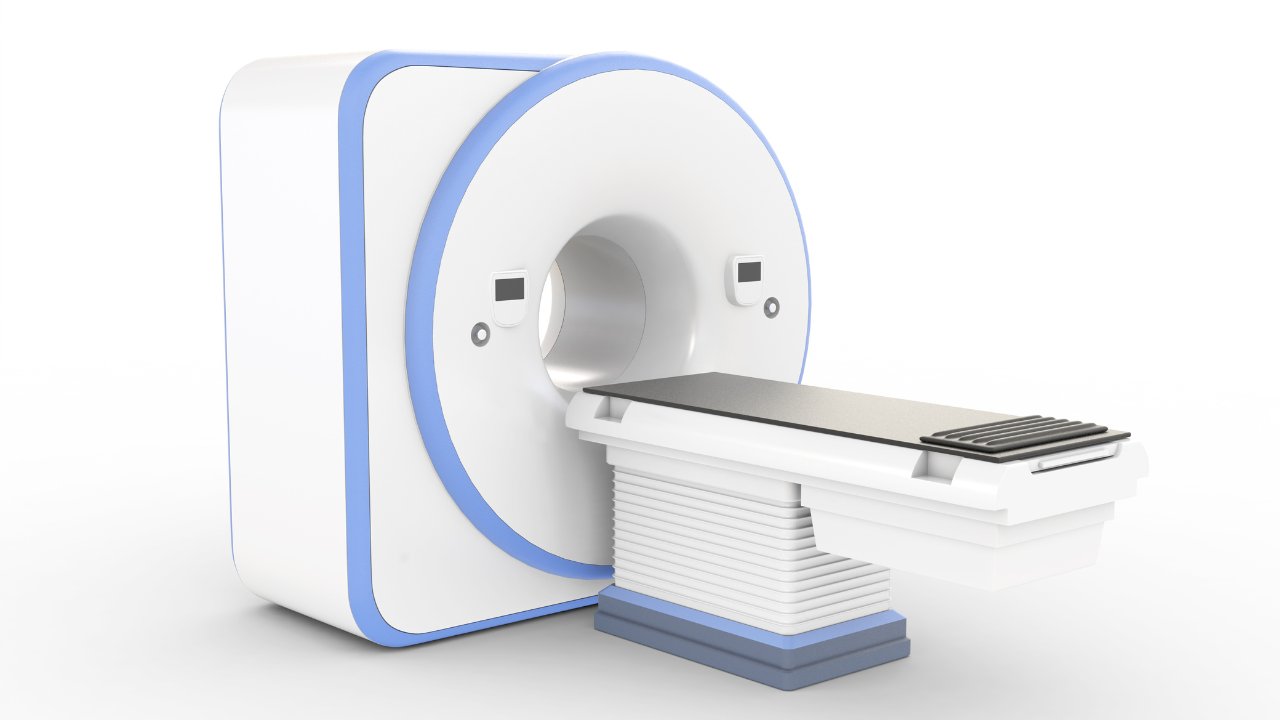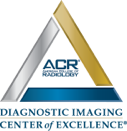Blog and News
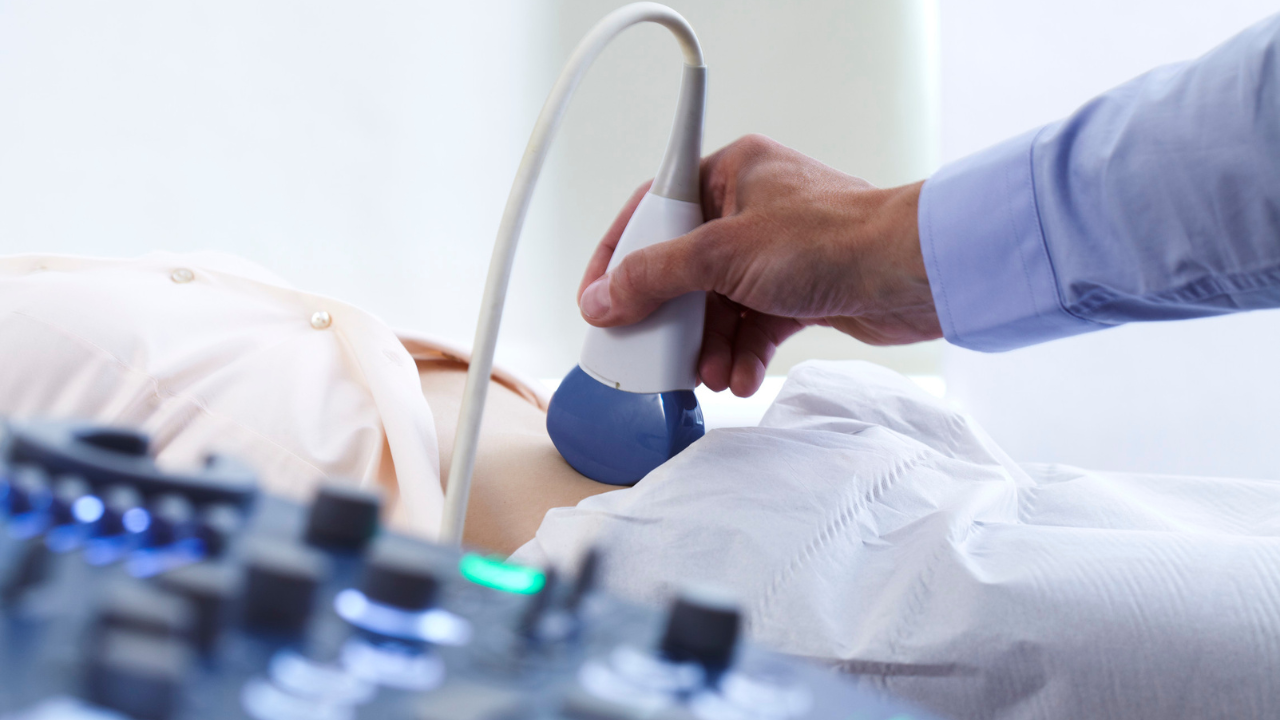
Yes, routine ultrasound scans during pregnancy can detect birth defects without significant risk. Ultrasounds use high-frequency sound waves to create images of the fetus, ensuring non-invasive diagnostics. In the first trimester, they assess early development and organogenesis. By the second trimester, they can identify anatomical anomalies like spina bifida and cardiac defects. Research confirms no adverse effects on fetal development or maternal health when performed by trained professionals, ensuring optimal prenatal care. Accurate interpretation by sonographers is crucial for early detection and timely interventions. Learn about the benefits and procedures involved in maintaining a healthy pregnancy.
Listen to the Article
Key Takeaways
- Routine ultrasounds can detect birth defects like spina bifida and cardiac anomalies early in pregnancy.
- Ultrasound scans use non-ionizing, low-frequency sound waves, ensuring safety for both mother and fetus.
- Trained sonographers accurately interpret ultrasound images, aiding in the early diagnosis of fetal abnormalities.
- Extensive research shows no significant risks associated with routine obstetric ultrasounds.
- Early detection through ultrasounds allows for timely medical interventions and improved neonatal outcomes.
Understanding Routine Ultrasound Scans
Routine ultrasound scans are essential diagnostic tools that provide invaluable insights into fetal development and maternal health during pregnancy.
You'll find they help identify anatomical anomalies, assess amniotic fluid levels, and monitor placental position.
Utilizing high-frequency sound waves, these scans offer a non-invasive method to ensure optimal prenatal care, supporting your commitment to maternal-fetal well-being and early detection of potential complications.
Trimesters and Fetal Development
Throughout your pregnancy, ultrasound scans provide crucial insights into fetal development, segmented by trimesters.
In the first trimester, scans assess early embryonic growth and viability.
First Trimester Milestones
During the first trimester, crucial milestones include the formation of the neural tube, which later develops into the brain and spinal cord, and the establishment of the fetal heartbeat detectable via ultrasound.
You'll monitor organogenesis, where major organs begin to form. Ultrasound can identify early structural anomalies, aiding in timely interventions.
These scans are essential for assessing embryonic development and ensuring maternal-fetal health.
Second Trimester Growth
Entering the second trimester, fetal growth accelerates significantly, with detailed ultrasounds providing crucial insights into anatomical development and potential complications.
You'll see organs, limbs, and the spine more clearly, aiding in the detection of anomalies like spina bifida and cardiac defects.
These scans help you monitor amniotic fluid levels, placental health, and fetal movements, ensuring optimal prenatal care and timely interventions.
Third Trimester Changes
As you progress into the third trimester, ultrasound scans become pivotal for assessing fetal position, growth patterns, and the development of key structures like the brain and lungs.
These scans ensure:
- Optimal fetal position for a safe delivery.
- Adequate growth to prevent intrauterine growth restriction.
- Organ development milestones are met, particularly the brain and lungs.
Ultrasounds in this stage help you ensure a healthy, well-prepared birth.
Role of the Sonographer
The sonographer's expertise is crucial for accurately interpreting ultrasound images and ensuring comprehensive prenatal care. You must possess a deep understanding of fetal anatomy and advanced imaging techniques.
Detecting Birth Defects Early
Early detection of birth defects through routine ultrasound scans allows for timely interventions and comprehensive pregnancy management.
You'll benefit from:
- Early Medical Planning – Ensuring optimal maternal and fetal health.
- Emotional Preparedness – Allowing families to mentally and emotionally prepare.
- Improved Outcomes – Enhancing neonatal prognosis with early, targeted treatments.
With these advantages, routine ultrasounds become vital tools in prenatal care.
Safety of Obstetric Ultrasounds
Given the numerous benefits of early detection, you might wonder about the safety of routine obstetric ultrasounds for both mother and fetus. Extensive research indicates that diagnostic ultrasounds, when performed by trained professionals, don't pose significant risks.
These procedures use low-frequency sound waves, which are non-ionizing and have no documented adverse effects on fetal development or maternal health, ensuring a safe assessment.
Guidelines for Expectant Mothers
Expectant mothers should adhere to established ultrasound guidelines to ensure optimal prenatal care and accurate fetal monitoring. Follow these evidence-based recommendations:
- First Trimester Scan: Typically performed between 11-14 weeks to confirm gestational age and detect early anomalies.
- Anatomy Scan: Conducted around 18-22 weeks to assess fetal development comprehensively.
- Third Trimester Ultrasound: If indicated, to monitor fetal growth and placental health.
Adhering to these guidelines ensures effective prenatal care.
Benefits of Prenatal Care
Prenatal care offers numerous benefits, including the early detection of potential complications and the promotion of maternal and fetal health. By attending regular check-ups, you can ensure timely interventions for conditions like gestational diabetes and preeclampsia.
Evidence shows that comprehensive prenatal care reduces neonatal morbidity and mortality rates. It's essential for guiding nutritional and lifestyle choices, ultimately optimizing outcomes for both mother and child.
Frequently Asked Questions
How Does Ultrasound Technology Work to Create Images of the Fetus?
Ultrasound technology uses high-frequency sound waves that bounce off the fetus. The returning echoes are converted into electrical signals, creating detailed images. You can visualize the fetus's development and identify potential abnormalities effectively and safely.
What Are the Common Types of Birth Defects Detected by Routine Ultrasounds?
Imagine ultrasound as a lighthouse guiding ships safely; it detects congenital heart defects, neural tube defects, and limb abnormalities. By identifying these issues early, you ensure timely interventions, improving outcomes for the child and family.
Are There Any Alternatives to Ultrasound Scans for Detecting Birth Defects?
Yes, there are alternatives to ultrasound scans for detecting birth defects. You could consider maternal blood tests, like cell-free DNA testing, and invasive procedures such as amniocentesis or chorionic villus sampling, which provide detailed genetic information.
How Accurate Are Routine Ultrasound Scans in Diagnosing Birth Defects?
Routine ultrasound scans are quite accurate, detecting about 50-70% of major birth defects. You'll find that factors like gestational age, technician skill, and equipment quality significantly impact diagnostic precision, ensuring comprehensive prenatal care.
Can Lifestyle Factors Affect the Clarity or Results of an Ultrasound Scan?
Studies show that maternal obesity can reduce ultrasound accuracy by up to 20%. You can improve scan clarity by maintaining a healthy weight, staying hydrated, and avoiding excessive caffeine. These measures aid in achieving better diagnostic results.
Conclusion
Of course, because you're itching to become an ultrasound expert overnight, you'll be thrilled to know that routine scans can spot birth defects without any risk whatsoever—because who needs extensive medical training?
Rest assured, sonographers' wizardry ensures everything's perfectly safe, like a walk in a radiation-free park. Just follow those guidelines and enjoy the magical world of prenatal care, where evidence-based science somehow feels like a whimsical fairy tale.
Because, why worry when you can scan away?


